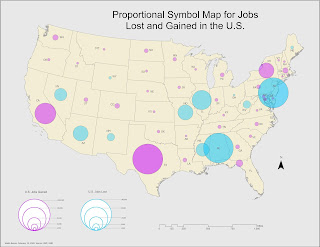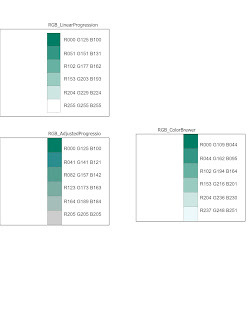Peer-Review Assignment #1
This first peer-review looks at Geoprocessing tool to model beach erosion due to storms: application toFaro beach (Portugal).
The paper is on a geoprocessing tool used to model beach erosion, specifically applied to Faro beach in South Portugal. This tool would assess beach erosion due to storms using two computational modules in order to determine whether the geoprocessing tool would be useful in helping predict storm impact along Faro beach. Its final conclusion was that the tool does work after several testing procedures to assure that the tool could be relied upon.
It appears to be original work published on the Journal of Coastal Research, Special Issue 64, 2011 by faculty from Center for Marine and Environmental Research (CIMA) at Algarve University and University of Lisbon in Portugal.
The science and testing procedures described were clear and concise. Sufficient data information is provided to follow along their methods of testing the geoprocessing tool. The paper appears to have been published at least one year after the most recent data examined in the paper. I would want to follow up with the team to provide more recent data and discuss the tool’s effectiveness in recent years.
I can’t think of anything to add to this brief yet highly informative paper on a tool. They did a great job in communicating what its purpose is, what their goal was and how they hoped to use the tool long term, data sets were provided along with clear walkthroughs of how they employed test procedures, walkthroughs for the modules used are also provided so the reader gains an understanding of the inner workings of the tool and what it’s supposed to produce in the final outcome. Images of data and maps to follow along were also provided to have a better visual of what the projected data looked like. A full bibliography is also provide for further reading.
The strongest points were presentation and flow. It’s obvious that one would need to be highly familiar with a lot of the terminology and applications described in order to fully comprehend and appreciate the work one here. But someone less savvy on the subject matter could manage to understand what this paper aims to achieve through the use of a concise written abstract, conclusions, and maps. For weaknesses, the paper would benefit from including a more recent data set would be good to review the tool’s reliability and some counter arguments detailing past tried and failed test cases to grasp the accuracy of the modules used.
Upon further consideration, it’s definitely a work worth publishing as it goes into sufficient depth of a modeling tool that could help coastal areas with human occupation be adequately prepared for storms in the future.



Comments
Post a Comment